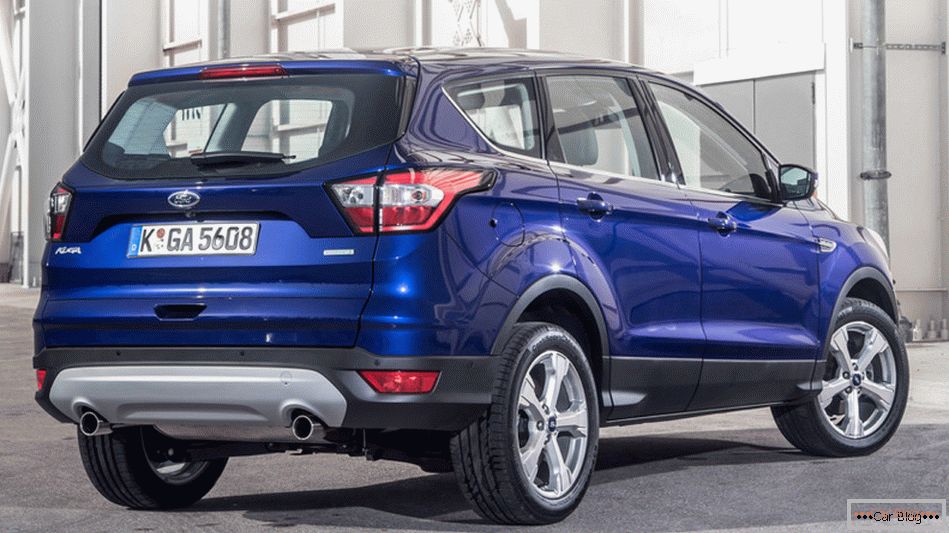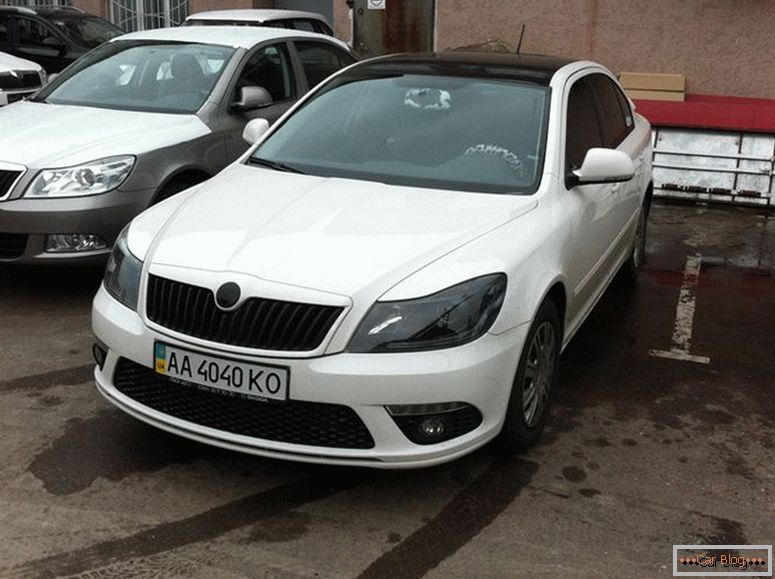Car care is not possible without the use of properly selected consumables. These substances include coolant. It is necessary to maintain not only its sufficient volume, but also to control the quality of the substance poured into the system. The correct selection of coolant for the brand of car will ensure long and efficient operation of the car.
Content
- 1 How antifreeze was applied
- 2 Use of glycerin
- 3 Classification by index
- 3.1 G11 / CODEG11
- 3.2 G12 / CODEG12
- 3.3 G12 Plus / G12 +
- 3.4 G13
- 4 Interchangeability in color and characteristics
How antifreeze was applied
In the first engines, automakers used atmospheric air instead of any liquids. The sound of such a power plant could be felt from afar. The use of liquid as a refrigerant began in the form of ordinary water. However, its physicochemical properties did not allow to ensure fully high-quality heat removal.
Later, it was possible to choose antifreeze for the car in the form of one of the solutions:
- salt and calcium solution;
- alcohol mixtures of methyl and ethyl;
- glycerin in a solution of sugar and honey.
A little later spread and the solution with ethylene glycol. Then they began to add various substances to reduce the formation of corrosion. Thanks to these and other additives significantly increased engine life.
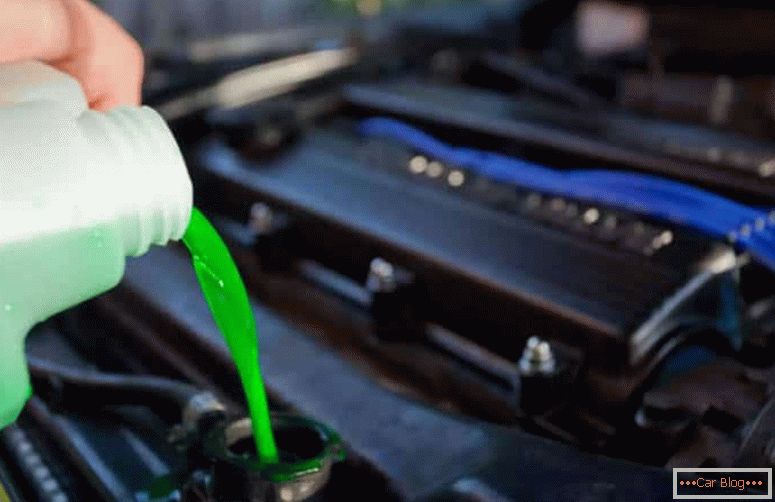
The main document regulating at the legislative level the quality characteristics of coolants in our country is GOST 28084–89. The document regulates only antifreezes that have ethylene glycol in their composition.
Use of glycerol
After the start of the struggle for the purity of the environment, cheaper glycerine is taken as the basis for antifreeze, unlike ethylene glycol. Highly purified substance with chemical agents protect against thermal decomposition and lower viscosity. The use of glycerin is absolutely safe for humans. Due to such a basis, domestic producers reduce the cost of the final product by 30 ... 50%.
Improper use of glycerin leads to negative consequences:
- intense thermal decomposition on the inside of the heat exchanger, resulting in the formation of organic acids;
- the need to use additives to reduce corrosion processes;
- increased density of pure substance compared with ethylene glycol;
- a large production of a hydraulic pump when pumping a refrigerant;
- lower quality conditions during cold start;
- reduced heat sink due to low heat capacity.
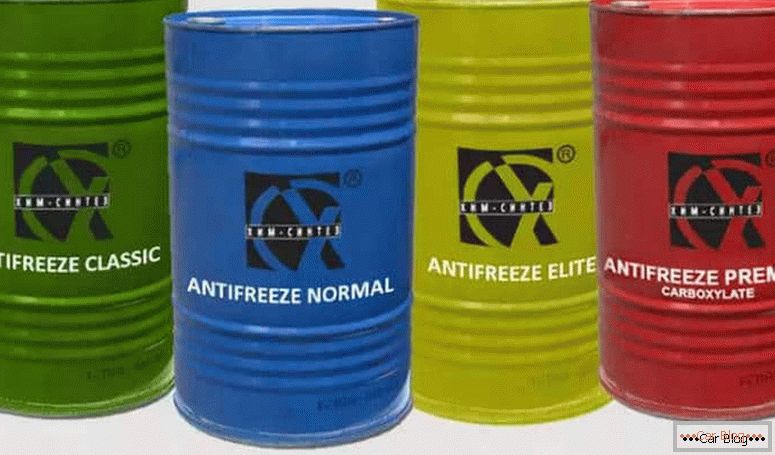
Provide lower viscosity will allow the addition of methanol to the mixture. However, it has such negative properties as boiling point 65C at atmospheric pressure. This fact should be taken into account when making the selection of antifreeze for the brand of car, as it affects the operation of the car in the summer.
Methanol is also a fairly poisonous substance, it evaporates easily and belongs to carcinogens. Negative is methanol as a strong solvent for rubber and polymer products, especially with increasing temperature.
Index classification
There are several types of coolant offered to customers. Such markings such antifreeze received from the automotive giant VW. He designated grades like G11 or G12, as well as similar ones.
G11 / CODEG11
This substance is the most popular in the territory of the Russian Federation. The basis of such antifreeze laid ethylene glycol. The main advantage of it is simplicity in manufacturing, which results in lower cost. The price may also be affected by additives included in the composition.

The solution excludes the presence of phosphorus salts, ammonium compounds, derivatives of boric acid. On sale there are fluids of green, yellow and the most characteristic blue tint. Used for cars, the release of which was carried out before 1996.
G12 / CODEG12
Propylene glycol solutions are in second place in popularity among those who want to choose antifreeze on the brand of car. The quality of this substance is slightly higher, as well as the cost compared to G11. The fluid effectively fights the emerging corrosion processes through high-quality additives.
Most of the volume of G12 offered on the market has a reddish tint. Antifreeze is popular with owners of vehicles manufactured in the period 1996-2001. The approximate service life is about 5 years.
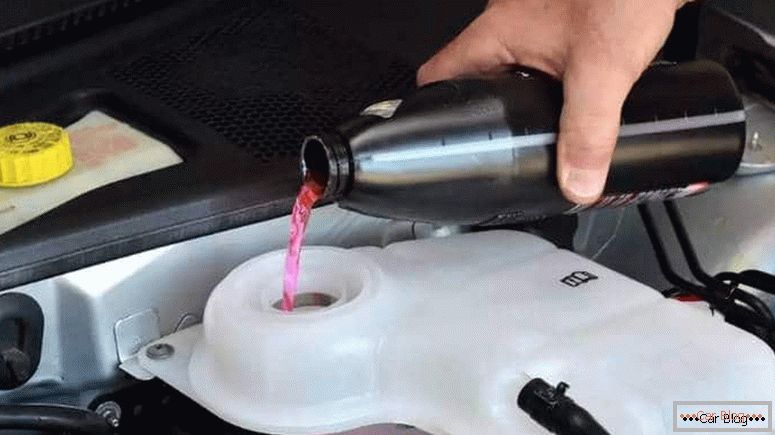
You need to know that when mixing G11 and G12, flakes are formed in the system, worsening the engine cooling operation.
G12 Plus / G12 +
Antifreezes with the prefix "plus" are used in cars, the year of release of which is older than 2001. The most popular colors are purple or lilac. It can be used as a topping up to other antifreezes. The mixture does not contain ammonia compounds, salts of nitric and boric acid.
See also: Soldering the engine cooling radiatorG13
Antifreeze with this marking is made by more advanced technologies, it is similar to the characteristics of the G12 Plus, however, its cost is higher. Almost all coolants with this designation are available outside our country.
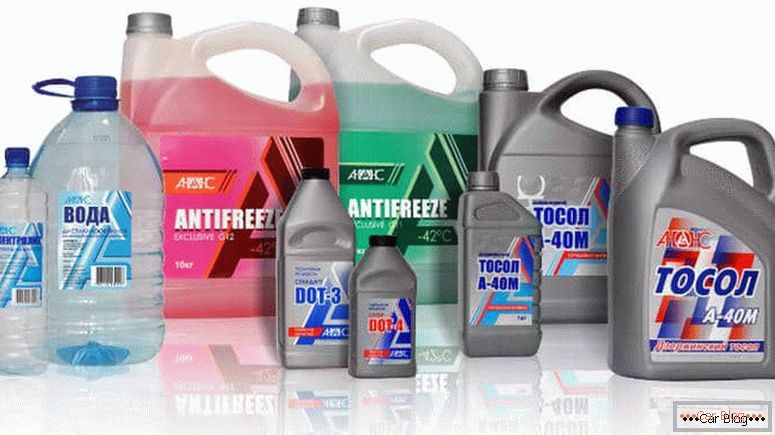
These solutions are used in sports cars and motorcycles. It has a sufficiently high heat capacity and thermal conductivity.
Interchangeability in color and characteristics
When choosing antifreeze for your car, you need to consider its compatibility with the hull elements in which it will circulate, as well as the liquid that has been previously filled.
When mixing different refrigerants, it is worth remembering the large number of additives used by manufacturers. Not all of them can be combined with components from other anti-freeze agents. As a result, you can get a non-working gruel of strange flakes.
You can not choose antifreeze only at low cost of liquid.
It is necessary to focus on the fact that a 1.5-liter container with a liquid, the cost of which is less than 200 rubles, should cause alertness to the buyer. Also, the brand name must be heard.
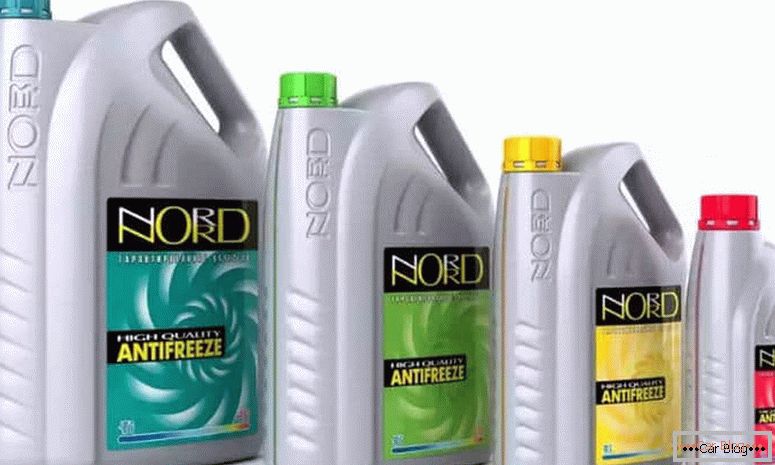
Color differentiation was invented by manufacturers as a marketing move, since initially all antifreezes for cars do not have color. Even with the same shades from different manufacturers, completely incompatible substances may be offered to the consumer, and the opposite also happens.
When choosing these chemicals should also take into account the recommendations of automakers. This information is available on company websites.

